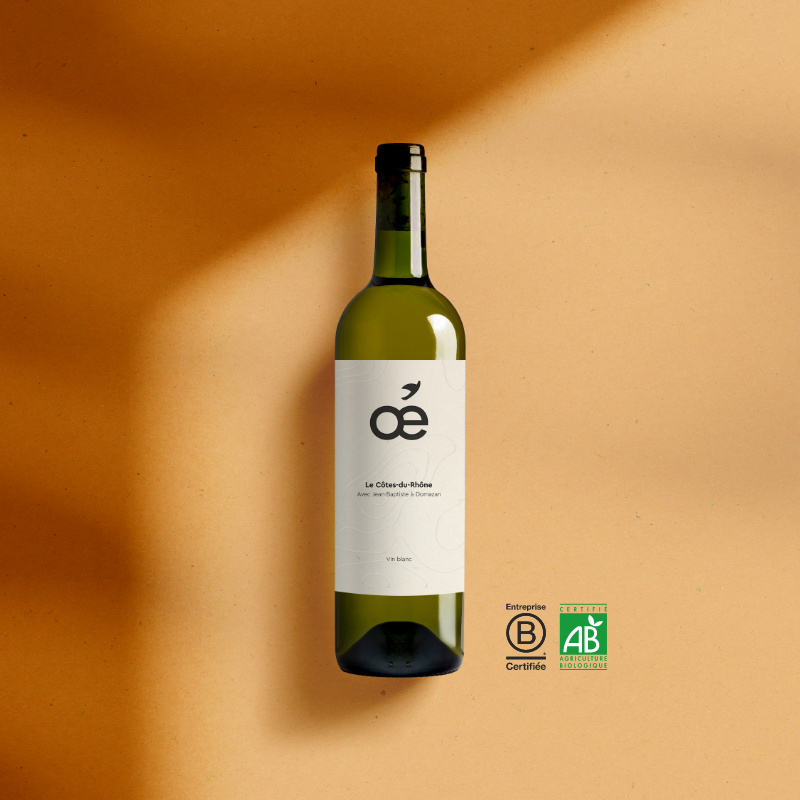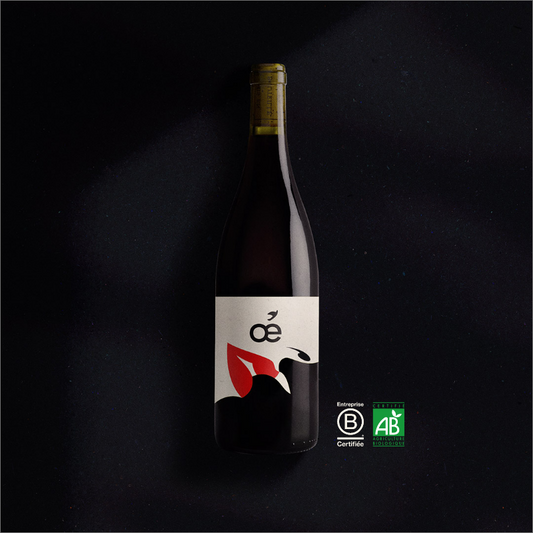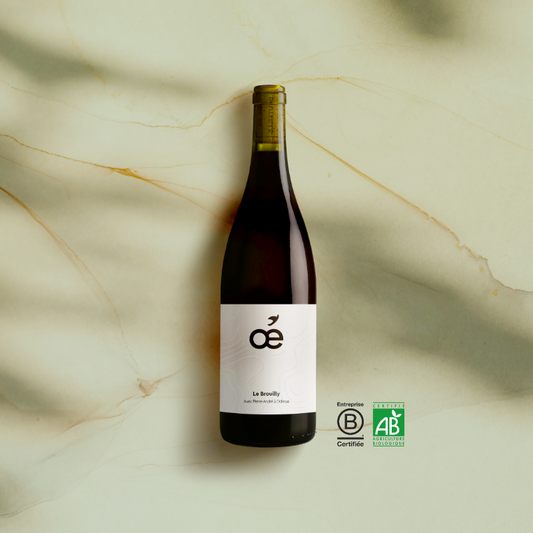Before talking about this beautiful Protected Geographical Indication of the Var, it should be noted that all Vin de Pays denominations became IGP in 2009 at the instigation of the European Commission, in order to protect the identity of the terroir frequently threatened by the counterfeit. In the same way, an IGP responds to specifications (certainly less strict than in AOP - Protected Designation of Origin) obviously responding to a well-defined territory, but also to a production yield policy, a grape variety and a production method. The local wine does not disappear however because the bottler is always authorized to make appear this certainly more poetic and peasant mention.
One department, three colors, one sparkling wine
The IGP Var is available in three colors, red, rosé and white wine, and can be produced in the form of sparkling wines. It should be noted that an anecdotal production en primeur, like Beaujolais Nouveau, the king of primeurs, is authorized. The geographical area is strictly reserved for the Var department, as its name suggests. There are 250,000 hectoliters of annual production, with a dominant market of rosé and red, white represents only 5% of the volume.
The IGP Var can be supplemented with three precise geographical mentions, Argens, Coteaux du Verdon, and Sainte Baume. The list of grape varieties authorized in the vats is too long to mention. However, let's talk about the most famous and traditional, Grenache, Cinsault, Syrah, Mourvèdre, Cabernet Sauvignon, and Carignan in red and rosé. In white, Vermentino or Rolle is very present, as well as Roussanne, Bourboulenc and Grenache Blanc…
A well-defined profile
In the same way as AOCs, PGIs must respond to organoleptic and scientific analyzes to guarantee the typicality of the product. The var rosés are rather light in color, lively and fruity at the same time. The reds offer structure and power for the more ambitious. Finally, the whites and sparkling wines must be lively and aromatic. An oenological analysis in the laboratory can be considered if the profile of the wine is too far from the specifications defined by the INAO (national institute of designations of origin). We will therefore study the level of alcohol, residual sugar, and volatile acidity (slightly vinegary impression on the nose).
Pleasure above all!
Beyond the scientific analysis of a given product in a defined geographical area, the notion of typicality of a wine like the IGP Var depends on the quality of the product presented. The aim is to serve the consumer with a product that “looks like the place” and obviously gives him satisfaction! An IGP Var cannot exist if it does not make you want generous cuisine, drizzled with olive oil, where notes of garrigue and lavender resonate at the bottom of the glass. It is interesting to note that a large part of the production is sold in the production department, probably helped by summer tourism which comes to taste the flavors of Provence. Finally, the union of winegrowers of the Var is mobilizing to promote their wines through an increase in quality. The market being hyper-competitive, only the work and the love of the land will be able to guarantee the success of the artisan winegrowers.




